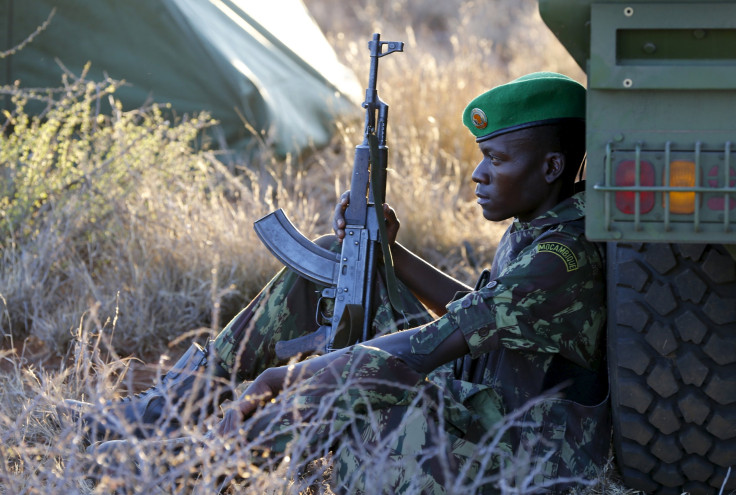AIDS Rates Increased In Subsaharan Africa Prior To Wars, Violent Conflicts: Study

A Brown University analysis of 36 sub-Saharan countries suggests HIV may be most prevalent before violent conflicts occur, with the rate of new infections rising significantly in the five years preceding bloodshed. This period of vulnerability may also serve as a major opportunity to prevent new infections, the study authors suggest.
"Our next piece of work will be to look a the conditions that are most frequently present during the pre-war phase; I can imagine that there are certain antecedents that are common across many pre-war states," Dr. Mark Lurie, associate professor of epidemiology in Brown’s School of Public Health, told Medical Daily. "This information could help identify states that are in this phase and allow us to more effectively intervene."
Since its discovery over 30 years ago, HIV/AIDS has caused nearly 40 million deaths, most occurring in sub-Saharan Africa, the Brown researchers explain. At the same time, several countries in this area of Africa have been ravaged by war.
“A recent report of seven conflict affected nations in sub-Saharan Africa showed that in countries with conflicts characterized by widespread sexual violence, annual HIV incidence increased by up to 7 percent,” wrote the authors.
Other studies also suggest the spread of HIV/AIDS may be propagated during a conflict when access to health care services are disrupted and vast numbers of people are displaced. However, several recent publications suggest the opposite may be true. HIV rates could stabilize or even decrease during periods of bloodshed. To understand the truth, a team of researchers, led by Lurie, investigated.
How Sexually Transmitted Disease Relates to War
Lurie and his colleagues began by producing a comprehensive dataset in order to conduct their analysis. Essentially, they tracked HIV incidence statistics in 36 sub-Saharan countries between the years 1990 and 2012, and then examined differences between periods of conflict and periods of peace. Specifically, the team calculated the rise and fall of HIV/AIDS incidence in each country in relation to violence, while controlling for refugee influx, economic development, broader epidemic, and other factors.
"Overall, the rates of HIV were extremely high in these 36 countries over the two decades we studied," said Lurie.
The results of their analysis are not definitive, but they are suggestive.
During conflict, the yearly incidence rate declined by 0.07 infections per 1,000 people, compared to times of peace. (The study defined “conflict” as any battle-related violence claiming at least 25 lives.) As conflicts became more bloody with more deaths, the researchers discovered HIV incidence decreased even more.
Surprisingly, the yearly incidence of HIV/AIDS increased by 2.1 infections per 1,000 people in the five years prior to a conflict compared to times of peace. While separate nations had different and unique disease trajectories, Nigeria, Burundi, Eritrea, and Uganda all endured their highest HIV incidence rates during pre-conflict periods and lower rates during conflict periods.
The researchers said it is not likely HIV incidence declines during conflict because conditions are better, instead fighting probably undermines data collection with new infections going unreported. Ultimately, they believe more research is needed to understand the relationship between AIDS and war.
“Further research into the socio-political environment leading up to conflict is needed to understand the intricacies of the pre-conflict time period and its association with HIV,” concluded the authors.
Source: Bennett BW, Marshall BDL, Gjelsvik A, McGarvey ST, Lurie MN. HIV Incidence Prior to, during, and after Violent Conflict in 36 Sub-Saharan African Nations, 1990-2012: An Ecological Study. PLOS ONE. 2015.
Note: Quotes from Dr. Lurie were added to this story following initial publication on November 12.



























